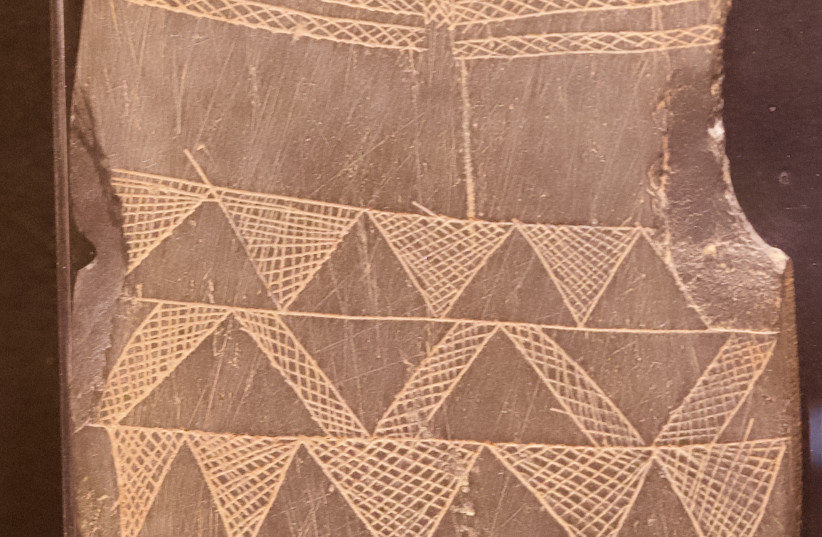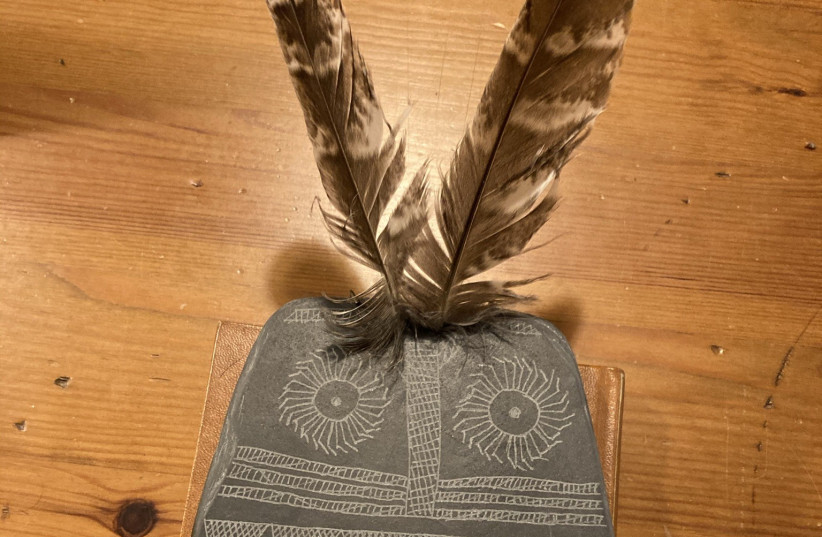Ancient owl plaques may have been used as toys by children - study
The researchers studied 100 of the plaques and rated them from one to six based on how many owl traits they showed.
Ancient 5,000-year-old owl-shaped plaques from the Iberian Peninsula may have been made by children who used them as toys, according to a new study.
According to the peer-reviewed study, which was published in the journal Scientific Reports, the findings may shed light on how children used artifacts in ancient Europe.
Some 4,000 of the plaques, made of slate and featuring engraved circles resembling eyes and the outline of an owl's body, were found across the region.
Some researchers believe these plaques may have been used in rituals and represented the dead or gods.
The researchers who conducted the latest study, however, led by Juan J. Negro of the Department of Evolutionary Ecology at the Doñana Biological Station in Sevilla, Spain, think the plaques may have been created by youths to be used as dolls, amulets or toys.

“Children's object play, and the objects themselves, has been disregarded in the archaeological literature until recently, even though object play is ubiquitous in both tribal and modern societies.”
Researchers
"Children's object play, and the objects themselves, has been disregarded in the archaeological literature until recently, even though object play is ubiquitous in both tribal and modern societies," the researchers said. "Its importance in human evolution and as a driver of innovation is gaining momentum."

The researchers also noted that although other animals besides humans play with objects, playing with toys made to represent real-world objects is unique to humans.
In order to determine the validity of their hypothesis that the plaques were toys, the researchers studied 100 of the plaques and rated them on a scale of one to six based on how many owl traits they showed; the traits included feathery tufts, patterned feathers, a flat facial disk, a beak, wings and two eyes.
They then compared these to 100 modern drawings of owls made by children between four and 13 years old and noticed several similarities between the two groups of owl depictions, including the fact that the depictions more closely resembled owls as children got older and their skill level increased.
Impact of the findings
These findings could provide new insights into childhood behaviors during the Copper Age, between 5,500 and 4,750 years ago.
Adorable 5,000-Year-Old Owl Plaques May Have Been Toys For Copper Age Children


No comments:
Post a Comment
Stick to the subject, NO religion, or Party politics